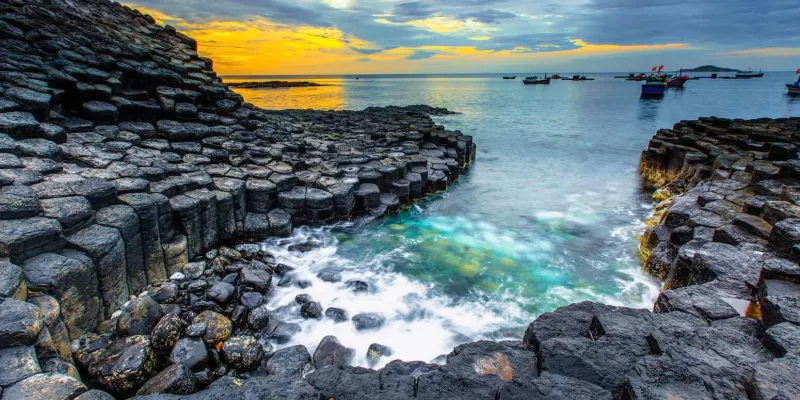Vietnam’s beaches, with their magnificent natural scenery and diverse activities, offer something for every traveler. Yet, the growing issue of over tourism threatens both the environment and the quality of visitors’ experiences. To fully enjoy the beauty and tranquility of Vietnam’s coastline without the crowds, consider these mindful strategies below:
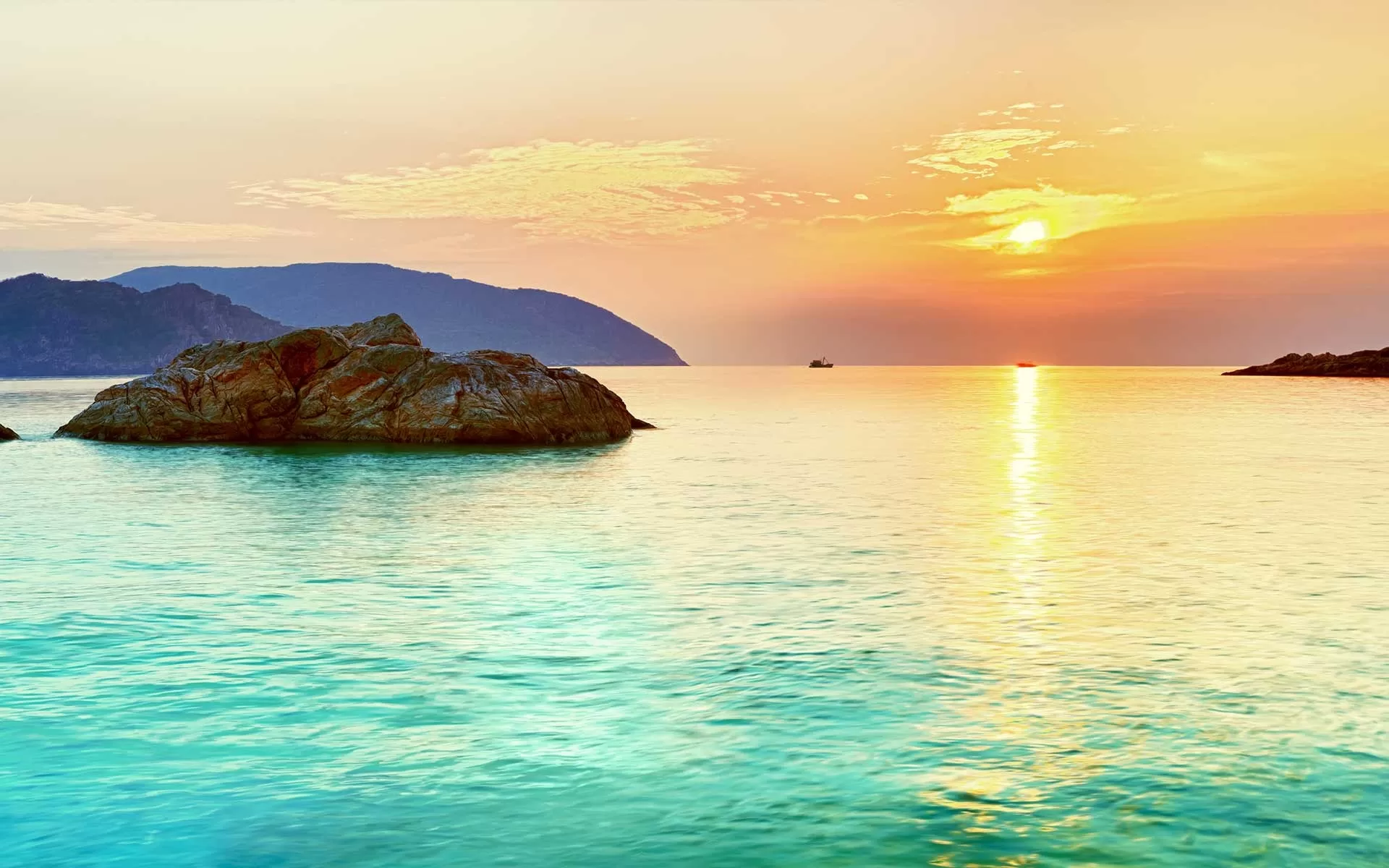
Photo by: Shutterstock
1. Visit Lesser-Known Beaches
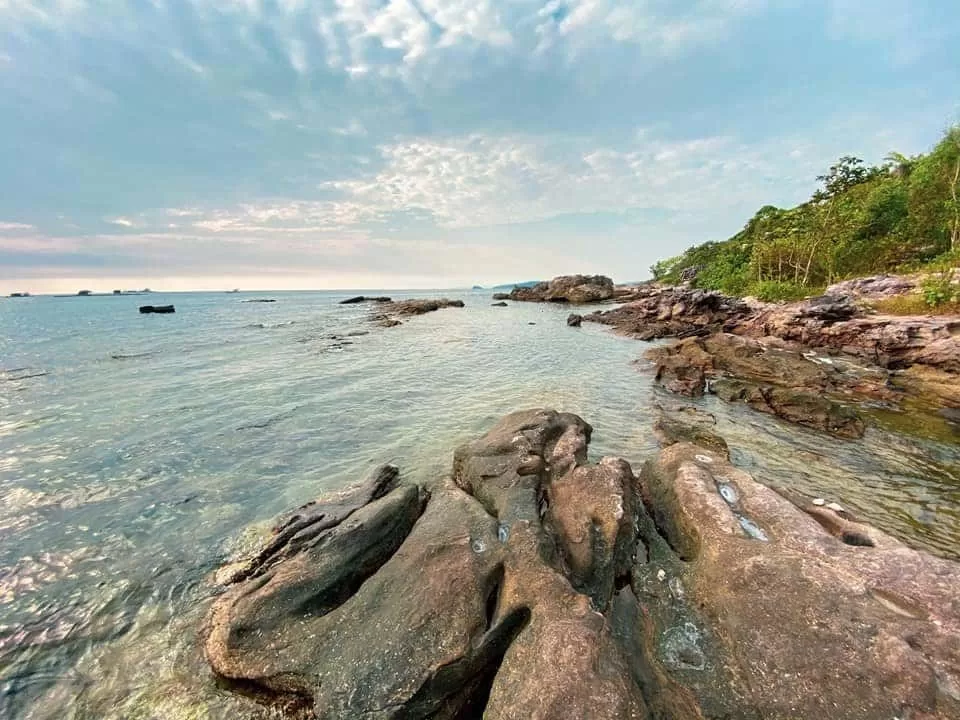
Ganh Dau (Phu Quoc) – Located on the less-touristy northern part of Phu Quoc, Ganh Dau has pristine sands and calm waters, ideal for a peaceful retreat.
Ky Co Beach (Quy Nhon) – Though gaining popularity, it’s still relatively uncrowded, especially in the early morning. The beach is stunning, framed by cliffs and turquoise waters.
Bai Xep (Phu Yen) – This hidden gem in Phu Yen is quiet and untouched, perfect for a serene escape with soft sands and scenic views.
2. Time Your Visit Wisely
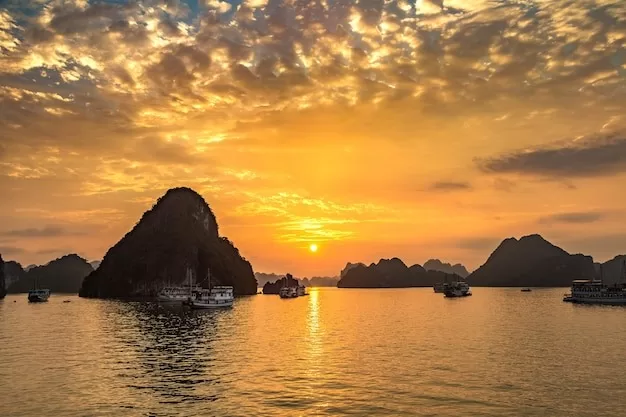
Visit During Off-Peak Seasons the time period from May to September (Summer) is the peak season, for beaches. If possible, visit beaches during off-peak seasons to reduce strain on local resources and avoid crowding. Consider visiting before April or September to October, Off-peak travel can also provide a more peaceful experience.
Go Early Morning or Late Afternoon – Arriving at the beach around sunrise or after 4 p.m. offers cooler temperatures and breathtaking sunrise, sunset views, while also helping you avoid midday crowds—allowing for a more restful atmosphere.
3. Experiences Nearby Islands/Beaches Over Mainland Beaches
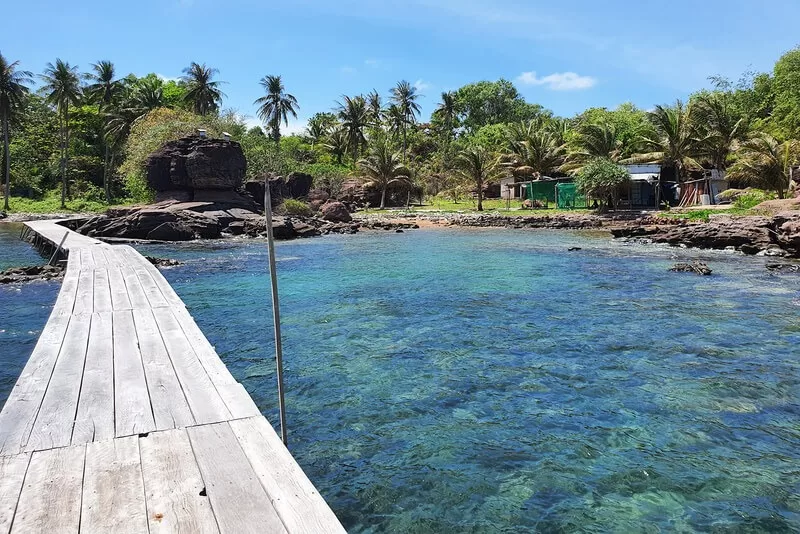
TiTop Island (Halong Bay), located on route 2 of Ha Long Bay visiting, is a popular beach known for its stunning natural scenery and consistently clear, fresh water. The beach benefits from its prime geographical location, constantly refreshed by tides throughout the year. Accessible by boat from Tuan Chau or Ha Long International Passenger Ship Ports, it takes about 90 minutes to reach the island, making it a favored destination for visitors.
Ninh Vân Bay (Nha Trang), Ninh Vân Bay, located in Khanh Hoa Province near Nha Trang, known for its pristine beaches, clear turquoise waters, and stunning mountain backdrop, making it a hidden gem for those seeking tranquility and natural beauty.
May Rut Trong Island, located off the coast of Phu Quoc, an unspoiled paradise known for its white sandy beaches, and lush green surroundings. The island is perfect for relaxation, with full of interesting activities. Its remote location, accessible by boat, makes it an ideal destination for those seeking a peaceful escape in Phu Quoc’s natural beauty.
4. Explore Remote Areas and National Parks

Con Dao Islands – Con Dao Island is well – known as a sustainable Vietnam’s beaches a biodiversity hotspot, boasting a rich array of ecosystems, from lush forests to vibrant coral reefs. The island is home to a wide variety of wildlife, including rare species like the endangered green sea turtle, which nests on its beaches. This exceptional biodiversity makes the island a vital destination for nature enthusiasts and conservation efforts.
Mui Dinh (Ninh Thuan) – This off-the-beaten-path beach area is nestled in the desert-like landscape of Ninh Thuan province. It’s an unique one, offering a rare combination of dunes and beaches.
5. Enjoy Nature’s Simple Beauty and Practice Sustainable Tourism
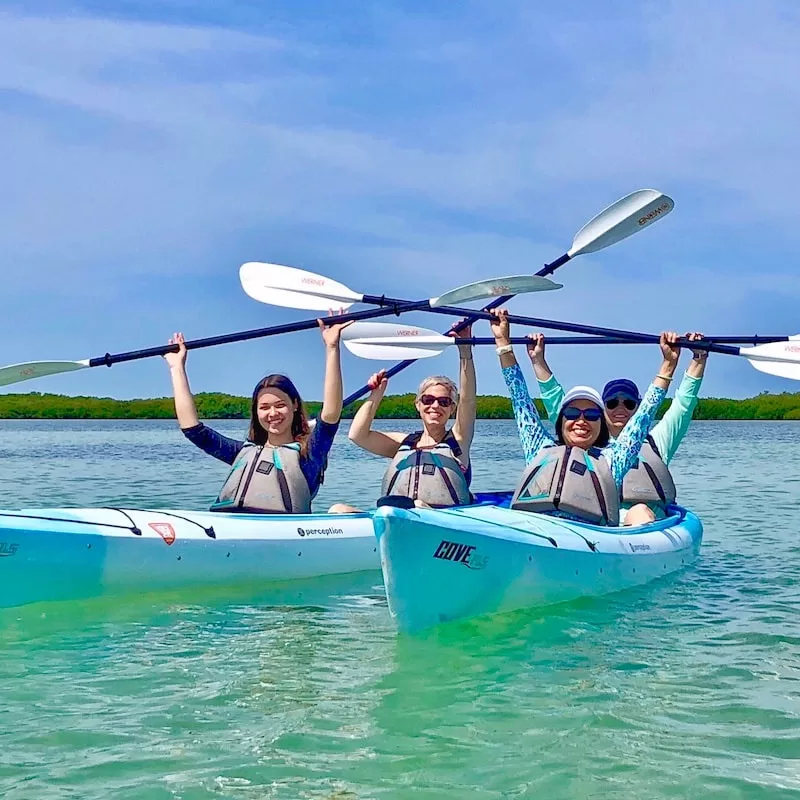
Slow down and enjoy the little moments—listening to the waves, watching a sunrise, or collecting shells. Mindful activities can deepen your appreciation of the beach experience, making even a brief visit feel more satisfying.
Practicing sustainable tourism on Vietnam’s beaches involves adopting responsible practices that help protect the environment, respect local cultures, and ensure that tourism benefits the community. Here are some ways to practice sustainable tourism: https://wonderscapetravel.com/sustainable-travel-in-vietnam/
By following These phrases encourage thoughtful and respectful travel that benefits both the environment and local communities:
Addressing overtourism on beaches requires a combination of policy, awareness, and cooperation between governments, businesses, and tourists. Sustainable beach tourism can preserve these natural treasures for future generations and maintain a high-quality experience for all.






